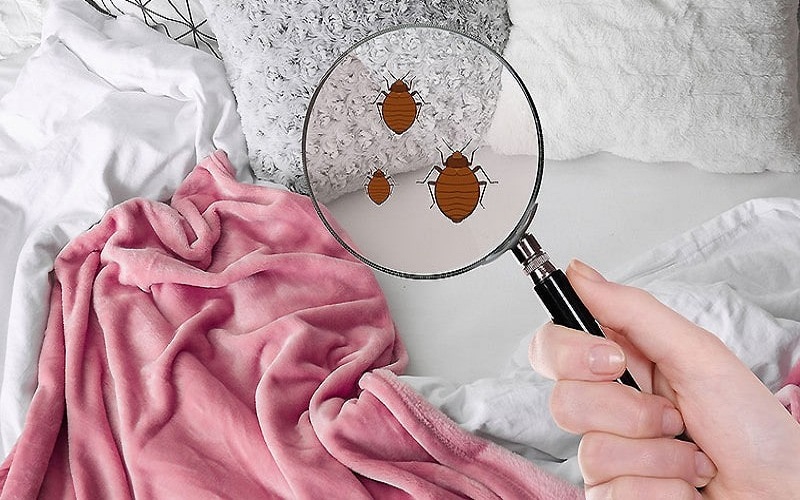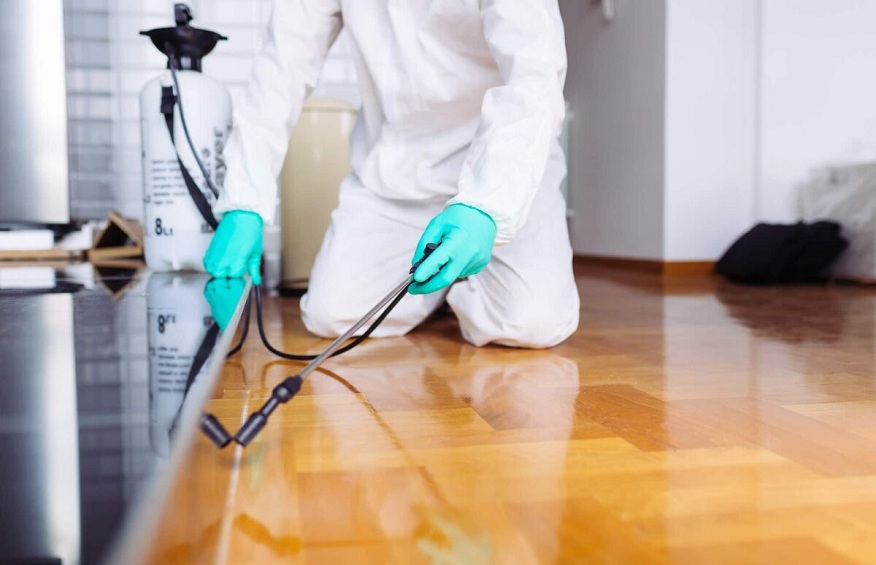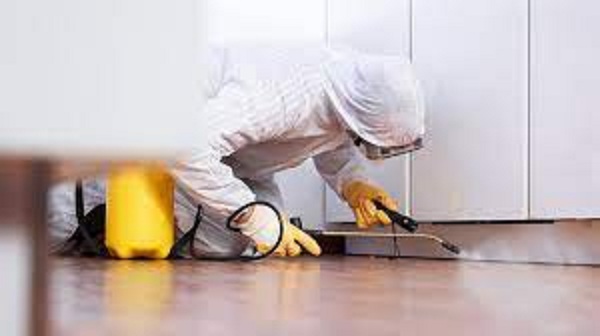When it comes to creating a cozy and comfortable sleeping environment, choosing the right bedding materials is key. But did you know that your choice of bedding can also play a crucial role in preventing pesky pests from infiltrating your sleep sanctuary? That’s right – by selecting the right materials, you can create a barrier against unwanted bed bugs and other insects.
In this blog post, we’ll explore the considerations for choosing bedding materials that are not only comfortable but also effective in pest prevention. We’ll delve into understanding bed bugs and how they infest our homes, as well as discuss frequency and washing methods for maintaining clean and pest-free bedding. So, let’s dive in and discover how you can make smart choices when it comes to safeguarding your sleep space!
How to Choose Bedding Materials for Pest Prevention?
When it comes to choosing bedding materials for pest prevention, there are a few key considerations to keep in mind. First and foremost, you’ll want to select fabrics that pests find unappealing or difficult to inhabit. This means opting for tightly woven materials such as polyester or microfiber, which make it harder for bugs like bed bugs to burrow and hide.
Additionally, consider using mattress encasements made of bug-proof fabric. These covers create an extra barrier between your mattress and potential invaders, making it harder for pests to infest your sleeping space. Look for encasements that are specifically designed with pest prevention in mind.
Another important factor is the frequency at which you wash your bedding. Regularly washing your sheets and pillowcases helps eliminate any potential hitchhikers before they have a chance to settle in and multiply. Be sure to follow proper washing instructions based on the type of material used so as not to damage the fabric’s protective properties.
By taking these simple steps into consideration when selecting bedding materials, you can create a more inhospitable environment for pests and minimize the risk of infestations in your home. Remember: prevention is key when it comes to keeping unwanted critters out of your sleeping space!
Why is Proper Bedding Needed?
Proper bedding not only provides a comfortable and cozy sleeping environment but also plays a crucial role in pest prevention. By choosing the right materials for your bedding, you can create a barrier that keeps pests at bay and ensures a good night’s sleep.
Firstly, proper bedding helps to prevent bed bugs from infesting your mattress and sheets. Bed bugs are notorious pests that feed on human blood and can cause itchy bites. They are adept at hiding in cracks and crevices, making them difficult to detect and eliminate. However, with the right bedding materials, you can create an inhospitable environment for these unwanted intruders.
Choosing mattress encasements made of high-quality fabrics such as tightly woven synthetic fibers or microfiber can help prevent bed bugs from burrowing into your mattress. These materials have smaller gaps where bed bugs cannot penetrate easily, reducing their chances of finding refuge in your sleeping space.
Secondly, proper bedding can also deter dust mites from thriving in your bedroom. Dust mites are microscopic creatures that live in mattresses, pillows, and other soft furnishings. They feed on dead skin cells shed by humans and pets while we sleep.
Consider using moisture-wicking fabrics like bamboo viscose or Tencel lyocell for your bedding, as they are highly breathable and help regulate body temperature. These
Understanding Bed Bugs and Infestation Prevention
Bed bugs. Just the mere mention of these tiny pests can send shivers down your spine. They are notoriously difficult to get rid of and can quickly infest your home, including your bedding. Understanding bed bugs and how to prevent an infestation is crucial for a good night’s sleep.
Let’s talk about what bed bugs are. These small, wingless insects feed on the blood of humans and animals while they sleep. They are expert hiders and can easily hide in cracks and crevices, making it challenging to detect them until it’s too late.
Preventing a bed bug infestation starts with choosing the right bedding materials. Opt for tightly woven fabrics that have a high thread count, as this will make it harder for bed bugs to penetrate through the material and reach you while you sleep.
Regular maintenance is also key in preventing an infestation. Wash your bedding frequently in hot water, at least once every two weeks or more if necessary. Be sure to dry them thoroughly on high heat as well, as extreme temperatures can kill any remaining bed bugs or their eggs.
Understanding bed bugs and taking proactive measures to prevent an infestation is essential for maintaining a pest-free sleeping environment. By selecting suitable bedding materials and practising proper hygiene habits like regular washing, you’ll be able to rest easy knowing that those pesky critters won’t be joining you under the covers!
Frequency and washing methods for bedding
In order to effectively prevent pests and keep your bedroom clean and healthy, it is crucial to pay attention to the frequency and washing methods for bedding. Regularly cleaning your sheets, pillowcases, blankets, and mattress covers can help eliminate any existing pests while preventing new ones from taking up residence in your bed.
Ideally, you should aim to wash your bedding at least once every week or two. This will help remove any dirt, allergens, dead skin cells, and potential pest eggs that may have accumulated over time. Using hot water (above 130°F) during the washing process can also be beneficial as it helps kill off pests like bed bugs.
When laundering your bedding items, consider using a gentle detergent that is specifically designed for sensitive skin. Avoid overloading the washing machine with too many items at once, as this can hinder proper cleaning. Additionally, don’t forget about drying – make sure to use high heat settings in the dryer or hang them outside under direct sunlight if possible.
It’s worth mentioning that certain materials require special care instructions when it comes to washing. For example:
– Cotton: Most cotton-based beddings are machine washable; however, always check the label for specific temperature recommendations.
– Silk: Silk requires delicate handling and typically needs to be hand-washed or dry-cleaned.
– Wool: Woolen bedding should be spot-cleaned whenever possible but occasionally dry-cleaned if necessary.
By following these guidelines on frequency and washing methods for bedding materials, you’ll significantly reduce the risk of pest infestations in your bedroom. Remember that prevention is key when it comes to keeping unwanted critters away!
So there you have it – a comprehensive guide on how to choose bedding materials for pest prevention! By investing in quality fabrics like those mentioned earlier (such as tightly woven synthetic fibres or natural fabrics like bamboo), and understanding bed bug behaviour and habits while implementing preventive measures such as regular cleaning routines – you’ll create an inhospitable environment for pests in your bed.




